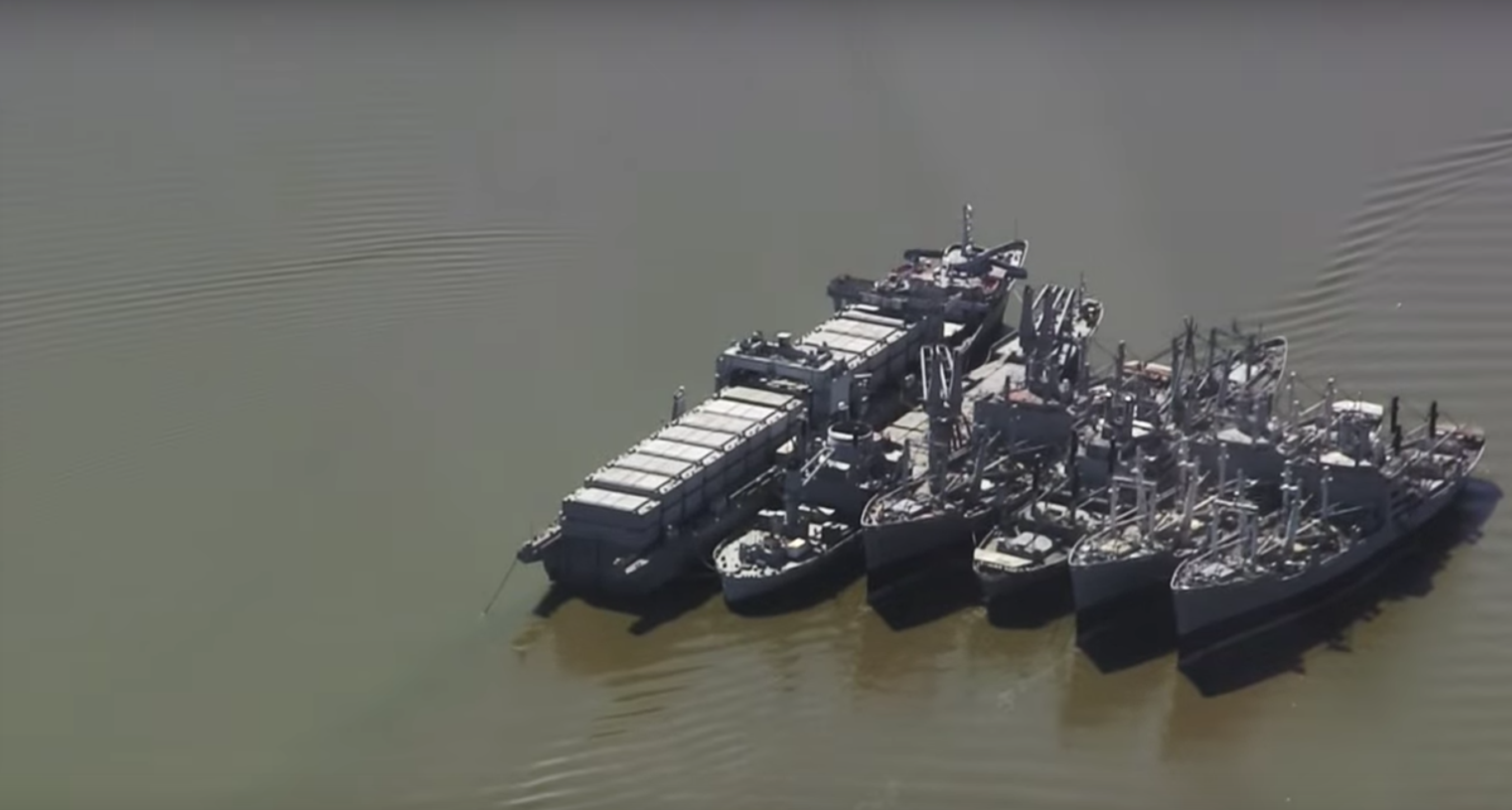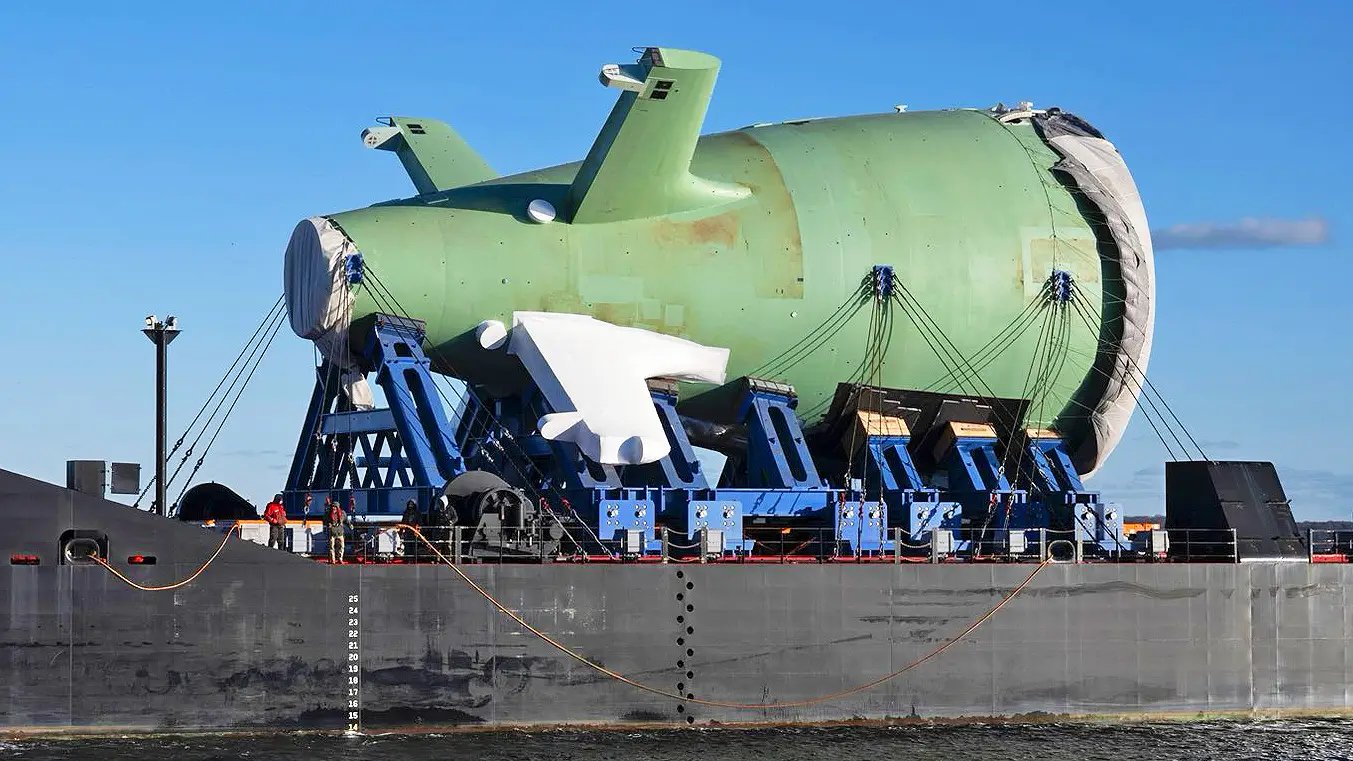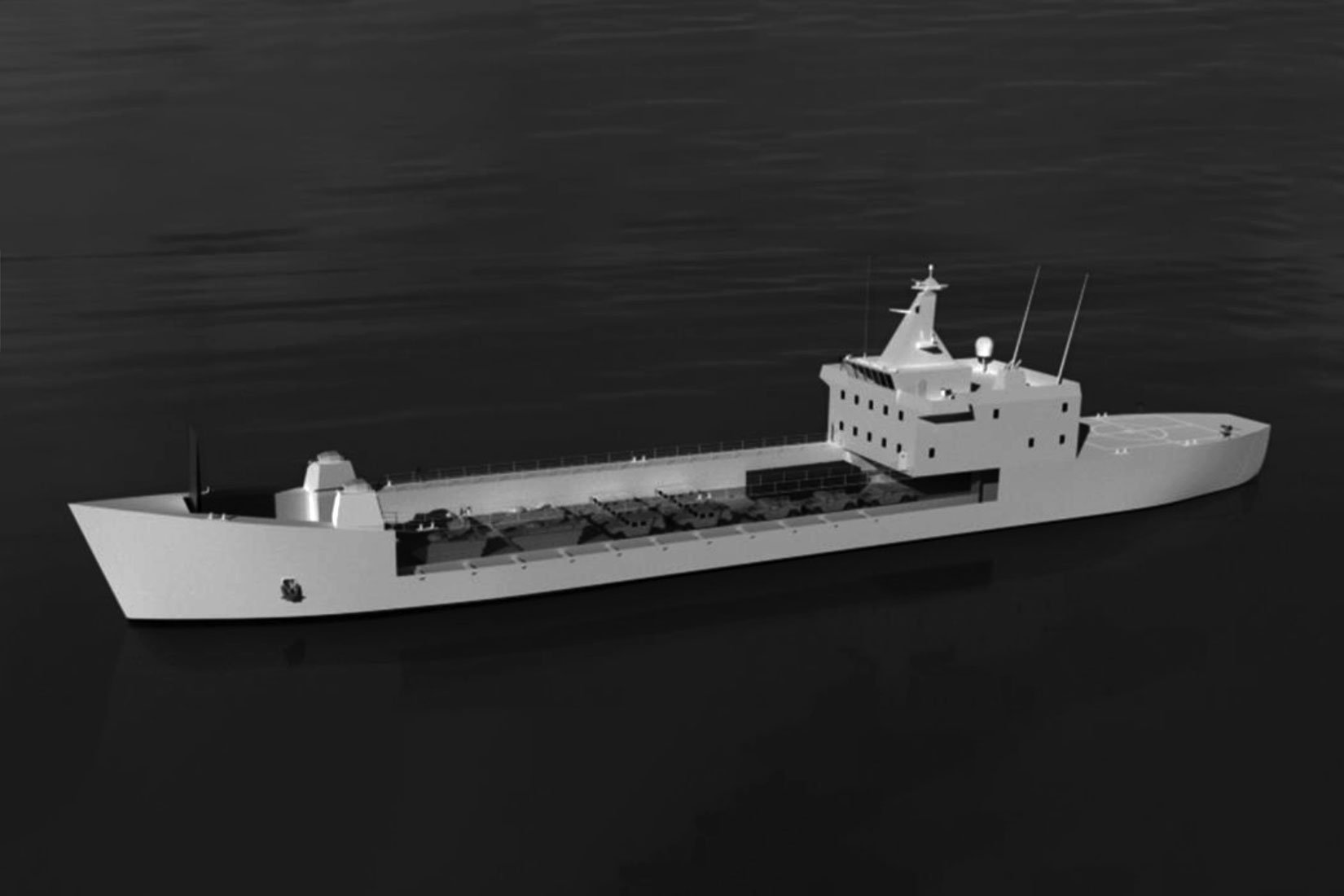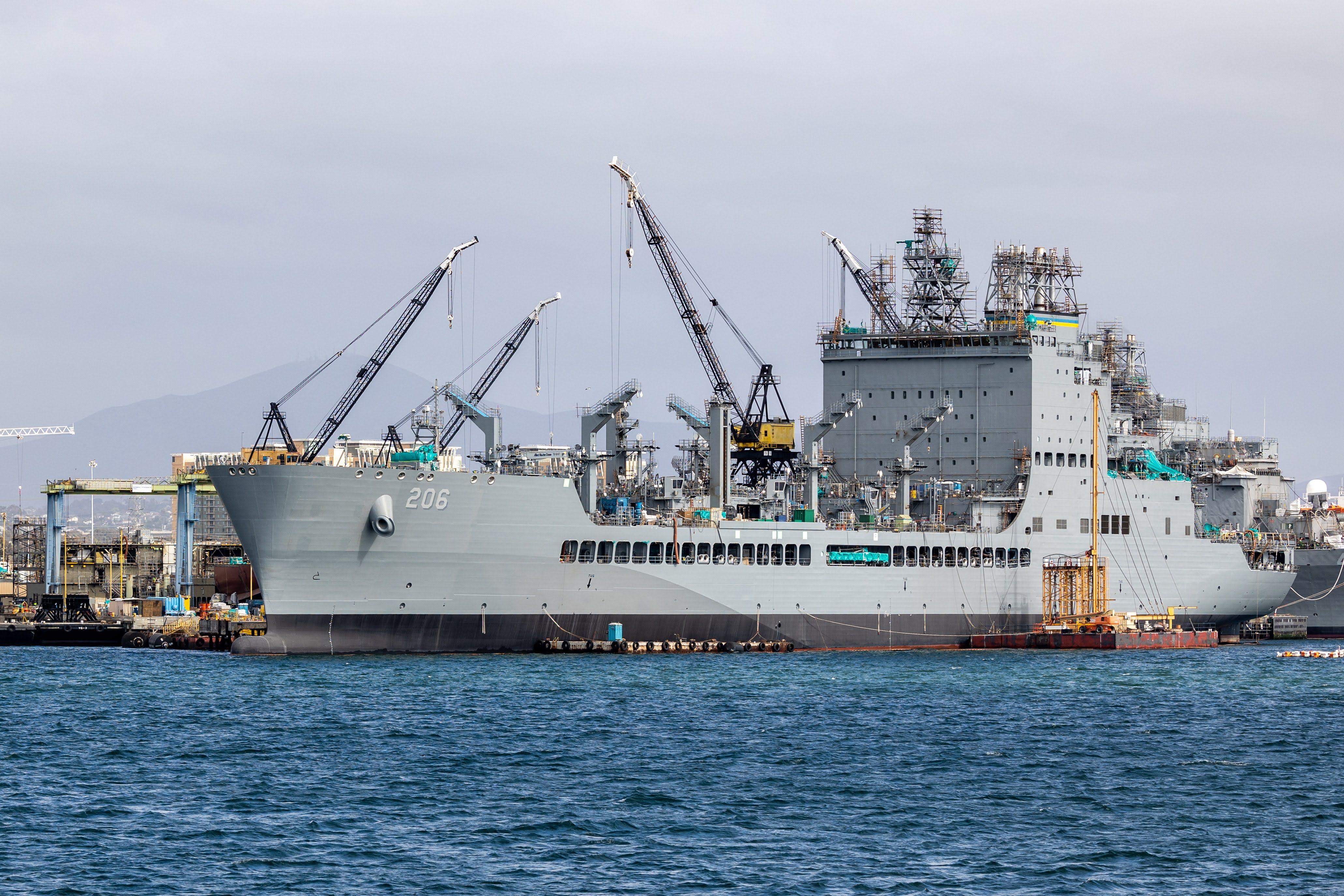
NATIONAL HARBOR. Md. – The merchant fleet that would carry the U.S. military to war is in dire need of recapitalization and might not prepared to fight its way to a conflict zone, said a panel of officials tasked with oversight of military sealift.
“We are not in a good position today. We have to start recapitalizing that sealift fleet,” Rear Adm. Peter Clarke of U.S. Transportation Command said on Tuesday. The numbers of American-flagged ships continues to age and a congressionally approved buy of two vessels to add to the American-flagged fleet was only a start.
“We need to build sealift vessels” as part of the Navy’s long-term shipbuilding plan, he said. As an example of the aging of American-flagged ships 26 vessels operated by the Maritime Administration are steam-powered. They are so old that spares and large parts of their plants are no longer manufactured.
“We’re on the ragged edge,” Kevin Tokarski, associate administrator at MARAD, said.
“Foreign countries [especially China] are eclipsing us” in building, maintaining and operating commercial fleets.
In addition to the age of the fleet, the merchant fleet must contend with new threats enrooted to the battlefield. Before weighing anchors, the fleet needs to realize that contested does not just mean torpedoes or shellfire, Coast Guard Rear Adm. John Nadeau, assistant commandant for prevention policy, said.
“We’re going to be challenged at home” in areas not immediately seen as vulnerable – such as GPS.
U.S. Mariners are not used to operating in contested environments like straits near Yemen, Rear Adm. Dee Mewbourne, head of the Navy’s Military Sealift Command said. He noted 90 percent of the combat power the United States deploys has to come by sea.
“We have to ensure training to avoid detection” where possible, and targeting and what to do “in how to survive.” He added it was a lesson that had to be taught in the merchant marine academies and carried into union halls.
While the United States remains the number one naval power, its ranking as an important merchant marine nation has been declining. China now has the second largest navy and the second largest merchant marine.
Tokarski said breaking down Chinese investment into its One Belt/One Road initiative with its strong maritime overlay shows that Beijing has committed $1.7 trillion to it and has brought it economic involvement in 68 countries – including an intense focus on building, operating or controlling ports and warehouses nearby.
Most notably, China has established its first overseas naval base in the Horn of Africa and has invested heavily in Panama port and harbor facilities near the canal.
“They understand the importance of commercial dominance.” He added 25 percent of Chinese exports are shipped in its vessels while less than 2 percent of the United States exports are moved in American vessels.
“People have forgotten why we have a merchant marine,” Tokarski said.
They “don’t want to pay for that readiness” that comes with having American-flagged vessels available in times of crisis. To be there then, these ships, masters and crew have to have work in peacetime.
Nadeau added, “We absolutely need that readiness level.” To get there and recapitalize the ships in NSC and MARAD, “it will take a significant, sustained investment.”





